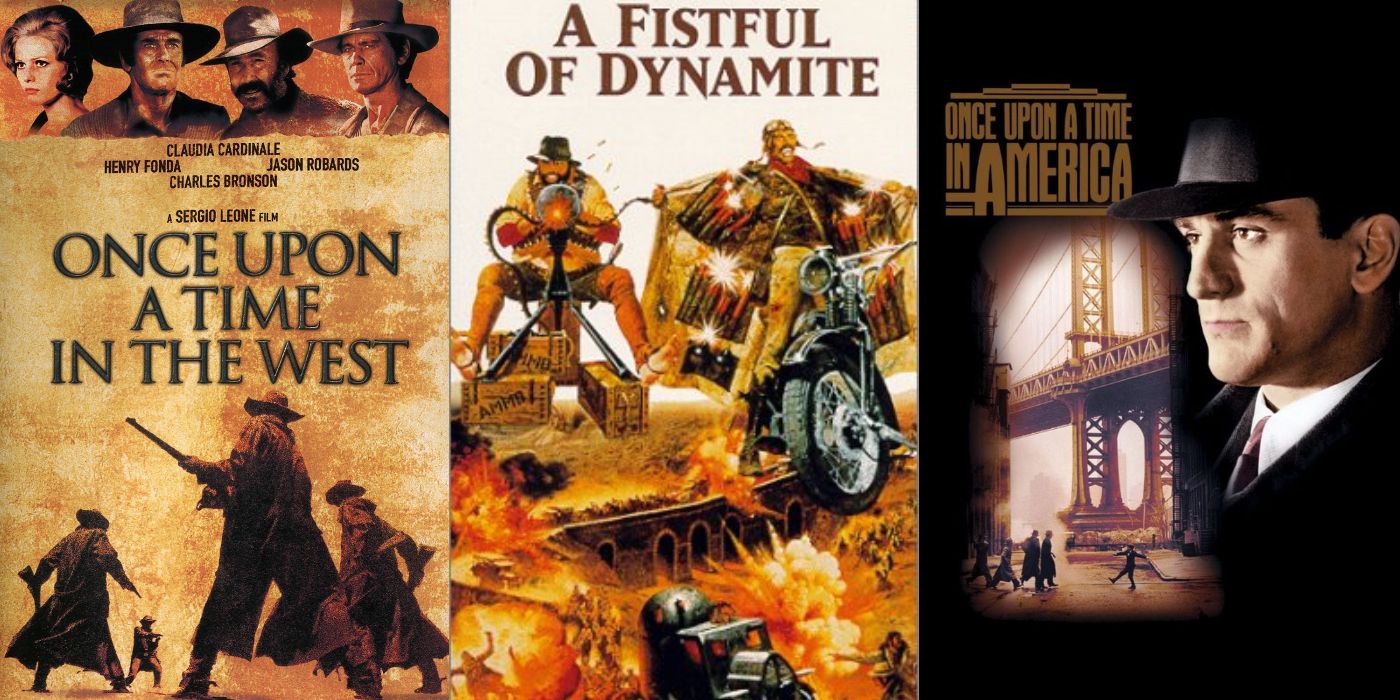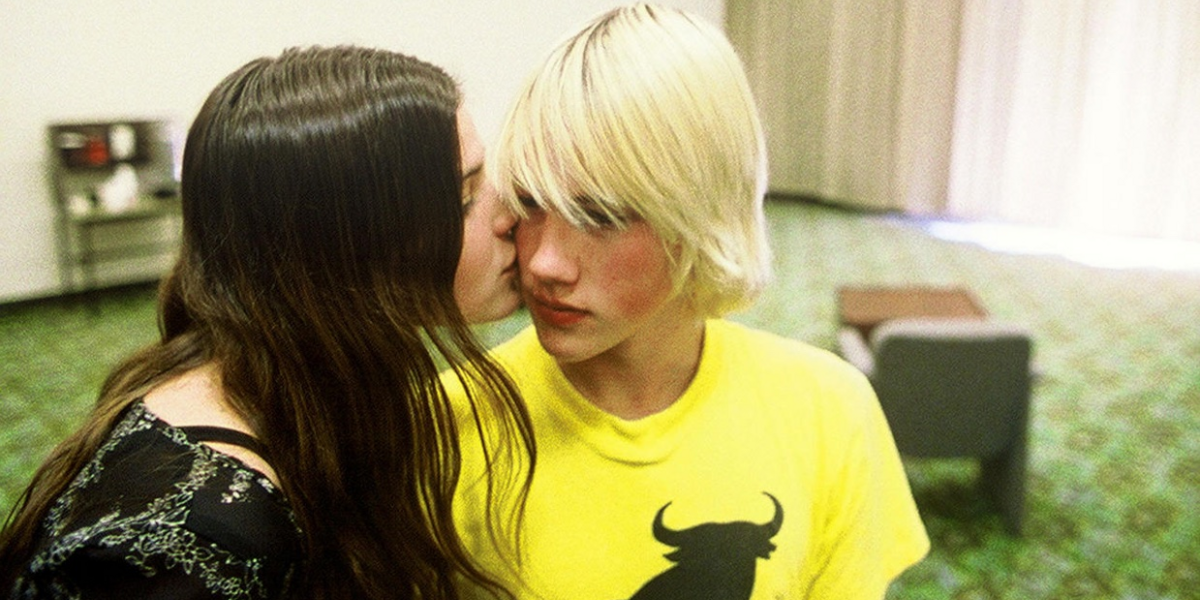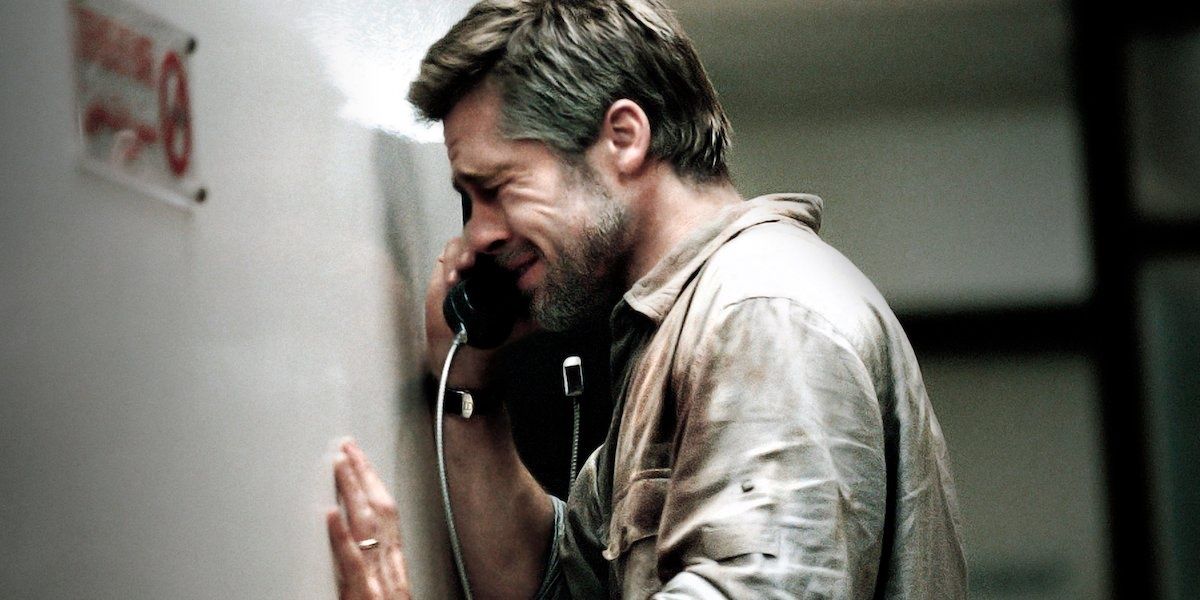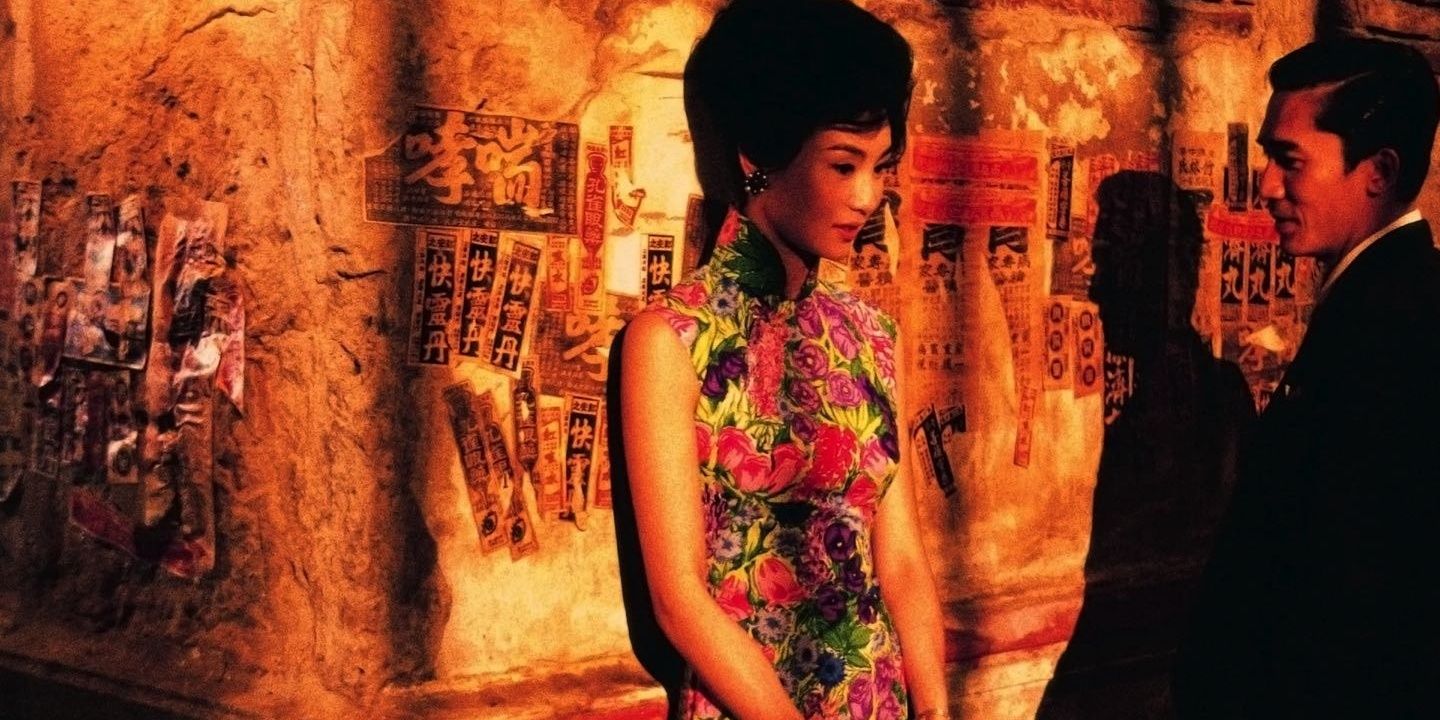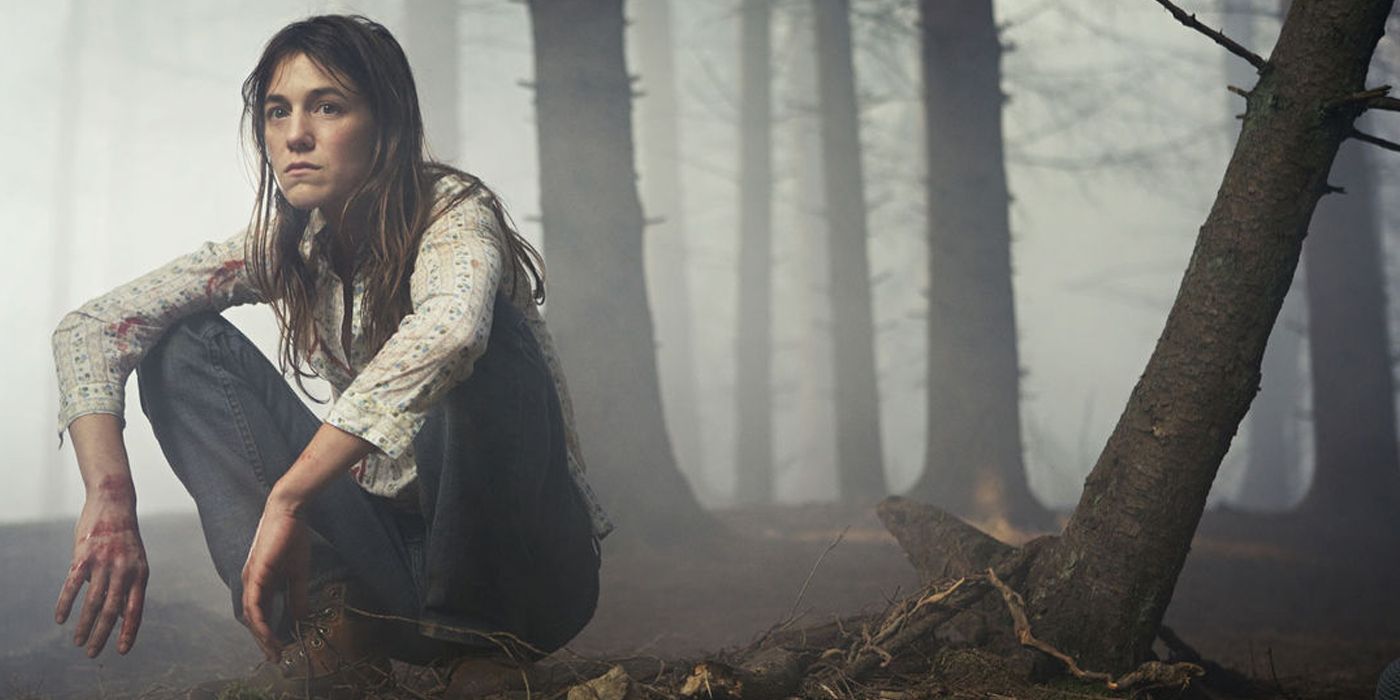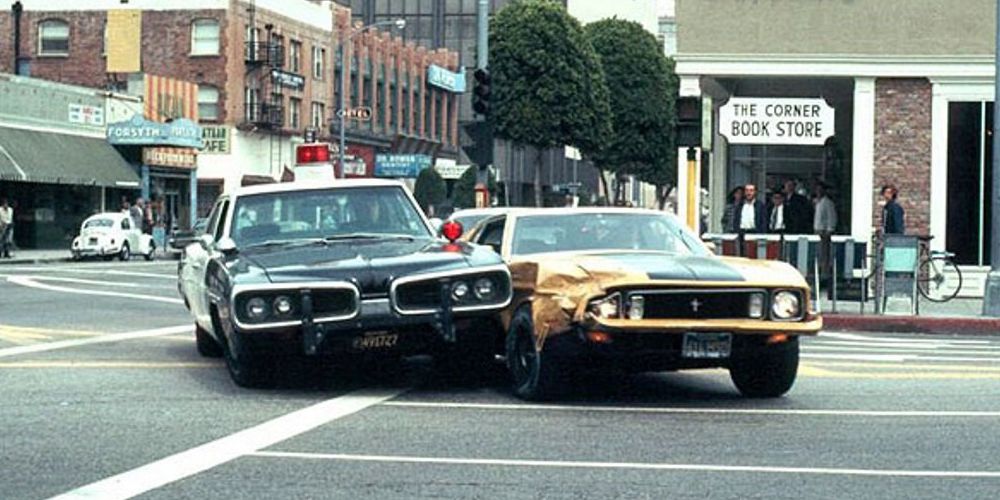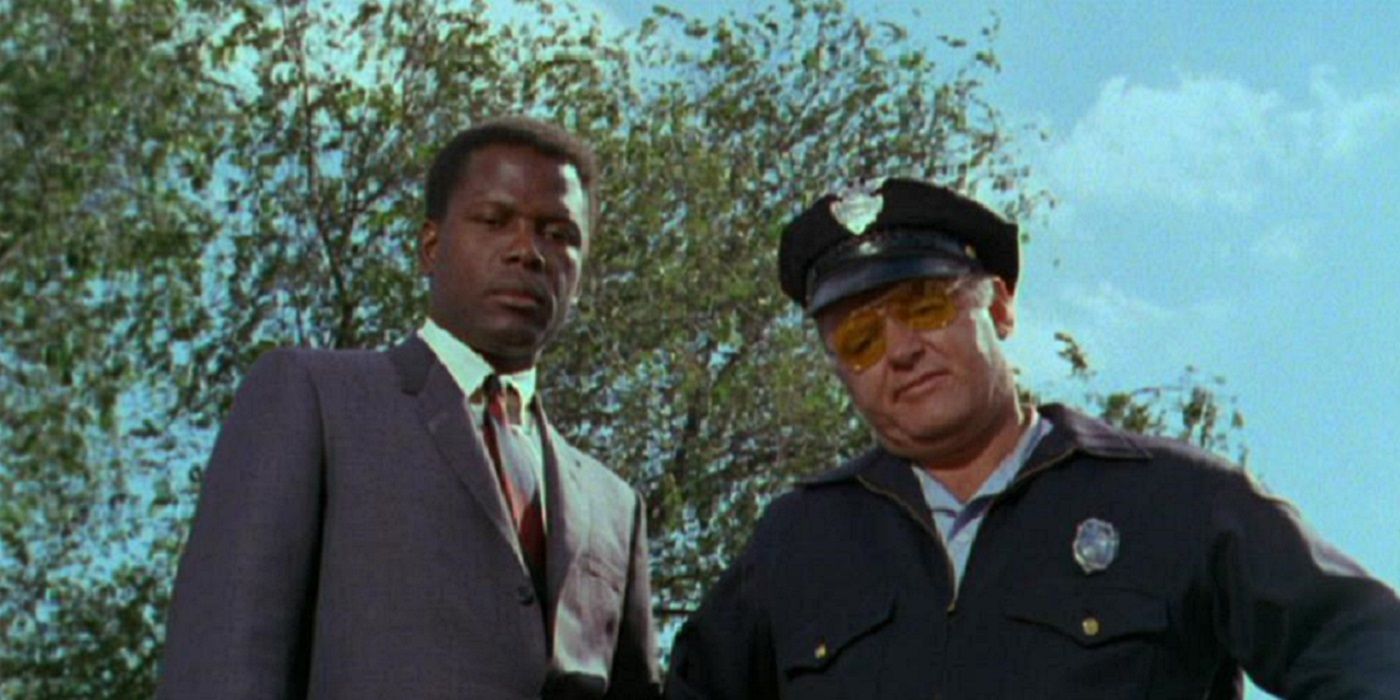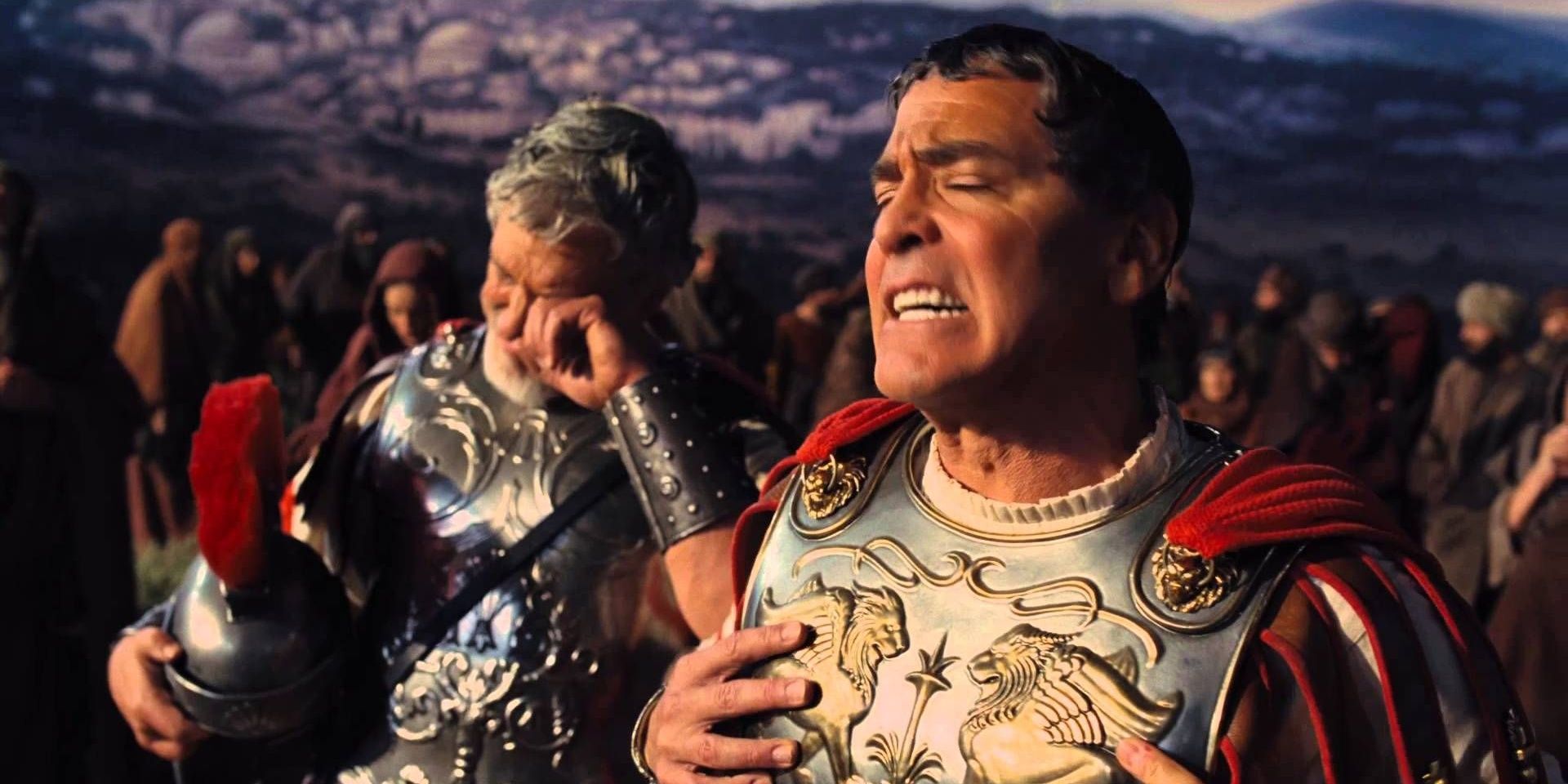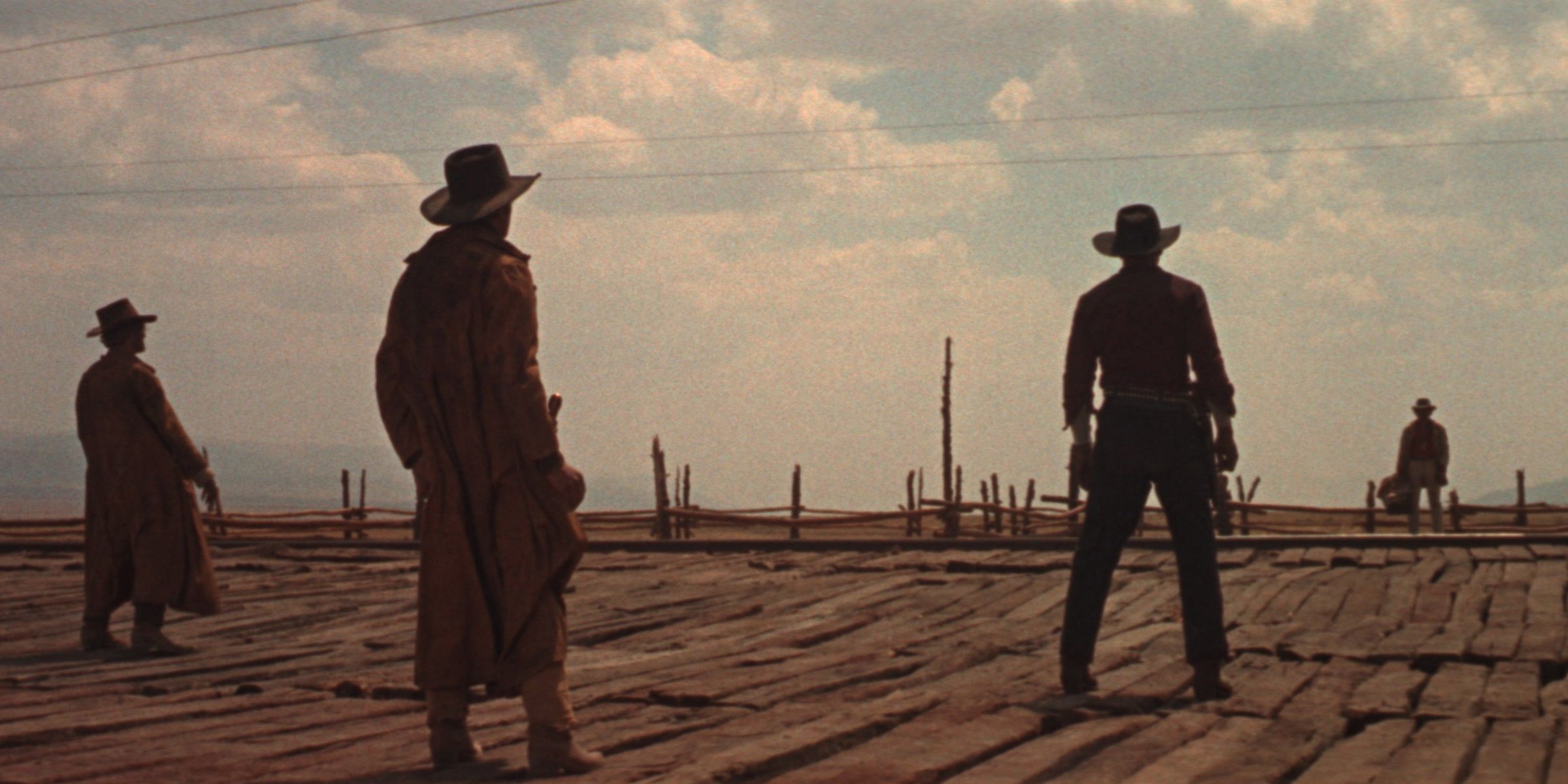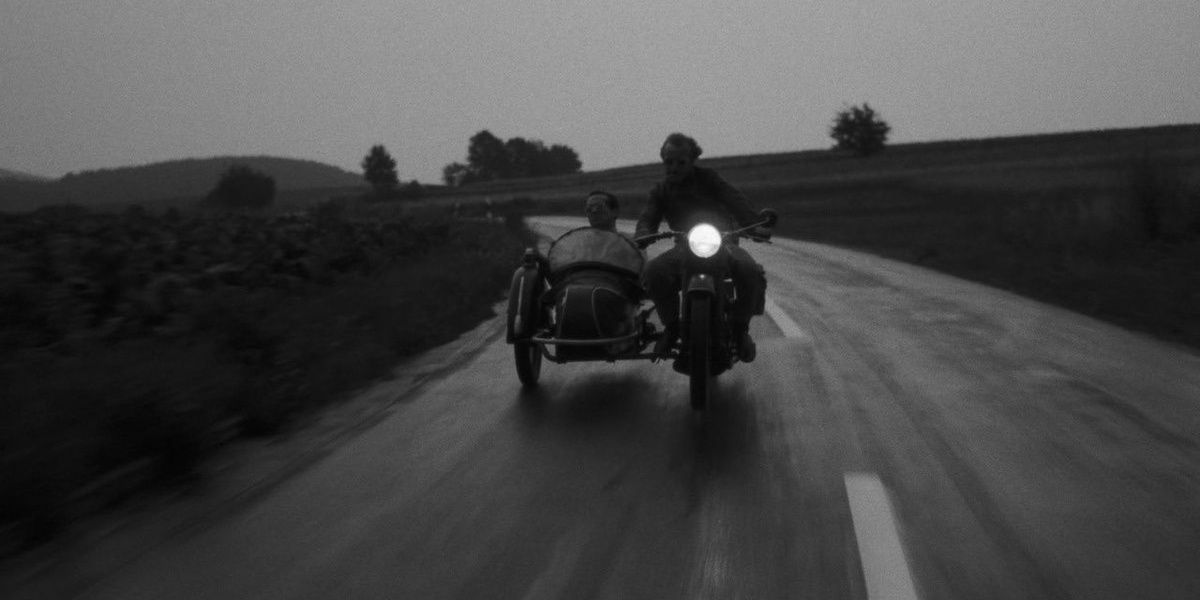Film trilogies have been a common phenomenon in cinema, either through direct sequels or spiritual spin-offs. Popular trilogies, like The Lord of the Rings and The Godfather, follow a linear storyline with iconic characters reappearing in each of the installments.
However, when it comes to films with spiritual sequels (as in the case of Gus Van Sant's Death trilogy or Edgar Wright's and Simon Pegg's Cornetto trilogy), the trilogy is mostly connected through common thematic elements and visual style. There can also be cases when the success of the first film is such that the rest of the direct sequels go unnoticed. Gone In 60 Seconds and In The Heat Of The Night are major examples in this regard.
Death Trilogy (Gus Van Sant)
The only element connecting the three films of Gus Van Sant's Death Trilogy is death itself. Each of these films dramatizes a real-life incident that had deadly implications. In 2002's Gerry, the eventual tragedy resembles the death of a hiker in New Mexico. Elephant touched upon the Columbine school shooting, while Last Days recounts the events building up to Kurt Cobain's death.
Even though Van Sant's Good Will Hunting added to his mainstream popularity, the director relied on a non-narrative, arthouse-driven approach for this trilogy.
Death Trilogy (Alejandro Iñárritu)
Oscar-winner Alejandro Iñárritu's films mostly delve into the complexities of the human condition and his Death trilogy bears testimony to this. This includes his directorial debut Amores Perros, the crime drama 21 Grams, and the multilingual psychological drama Babel. Each film's screenplay also relies on Iñárritu's frequent collaborator Guillermo Arriaga.
The trilogy was highly acclaimed and incorporated the use of parallel stories for each chapter. For instance, Amores Perros dealt with the lives of three individuals who are connected to a car crash in some way or the other.
Wong Kar-Wai's Love Trilogy
Hong Kong auteur Wong Kar-Wai's informal Love Trilogy includes Days of Being Wild, In the Mood for Love, and 2046. Romance plays a strong part in each of these narratives, but the director still tones down his notions of love in a more grounded manner. Instead of relying on melodrama, the films feature characters who, more often than not, end up facing unrequited love and loneliness.
As is the case with most of his filmography, the three stories are brought to life with stunning visuals, courtesy of cinematographer Christopher Doyle.
Elements Trilogy
Indo-Canadian director Deepa Mehta's magnum opus remains her Elements trilogy, a set of films collected only by their elemental titles. The first installment, Fire, was the subject of much controversy, given its depiction of a lesbian romance, quite a bold and unexplored theme in Indian cinema at the time.
Fire was followed by Earth, which was submitted as India's official entry to the Oscars for Best International Feature, and Water, which served as Canada's submission. The latter two films were period dramas, with Earth set during India's independence in 1947, and Water revolving around the lives of rural Indian widows in the 1930s.
Depression Trilogy
Danish filmmaker Lars von Trier adapted his own struggles with depression in three philosophical ventures starring Charlotte Gainsburg. True to von Trier's filmography, all three chapters of this Depression trilogy are heavily experimental and can make a few viewers uncomfortable.
The psychological horror Antichrist explores a grieving couple's sadness as they retreat to a cabin, hoping to rekindle their marriage. Melancholia similarly dealt with the troubled relationship of two sisters that is further challenged during an apocalyptic scenario. Then, the closing chapter, Nymphoniac, interpreted sadness via a woman's sexual awakening.
Gone In 60 Seconds
Before the 2000 remake, Gone in 60 Seconds was a visionary action heist film released in 1974. The original held the distinction for having a high-octane 40-minute-long car chase scene, one of the longest in all of cinematic history. Stunt driver H.B.Halicki served as director, producer, and actor for the independent film that proved to be a huge success at the box office.
Halicki's follow-up, The Junkman, serves as a meta-sequel, as it presents the events of Gone in 60 Seconds as shooting for a film. The "film within a film" gimmick is repeated in Deadline Auto Theft, which majorly incorporates an alternate take on the cult classic's premise.
In The Heat Of The Night
In the Heat of the Night is a mystery drama starring Sidney Poiter as police detective Virgil Tibbs, who's tasked with investigating a murder in a Southern town that teems with racism. One of Poiter's most popular characters, Tibbs is synonymous with the quote, "They call me Mister Tibbs!"
The film's sequel borrowed this exact quote for its title, which was then followed by a third thriller called The Organization. However, the sequels couldn't match the legacy of the original and largely went unnoticed.
Numbskull Trilogy
George Clooney has collaborated with the Coen Brothers on several occasions. In at least three of their films, Clooney has played a dim-witted protagonist (or "numbskull," as the Coens would call him). This is what resulted in the Numbskull Trilogy, which is comprised of O, Brother Where Art Thou, Intolerable Cruelty, and Hail Caesar.
The first film is a retelling of the Odyssey set in Depression-era America, with Clooney playing an escaped convict. Intolerable Cruelty is a romantic comedy starring the actor as a divorce attorney, while Hail Caesar is another period comedy featuring him as an actor during the Golden Age of Hollywood.
Once Upon A Time Trilogy
Sergio Leone's Once Upon a Time in the West and Once Upon a Time in America are trailblazing entries in the Western and crime genres respectively. But many tend to forget that Leone released another Western in between these two films, forming his Once Upon a Time trilogy.
Duck, You Sucker (also released as A Fistful of Dynamite) is the last Spaghetti Western that Leone directed and considered slightly underrated when compared to his other Westerns, like the Dollars trilogy. The film is set during the Mexican Revolution of 1910, as a Mexican outlaw and an Irish Republican become unlikely allies in leading the movement.
Road Movie Trilogy
German director Wim Wenders directed three road films with no intention of creating a trilogy. However, the shared themes and settings prompted critics to categorize Alice in the Cities, The Wrong Move, and Kings of the Road, under the label of his Road Movie trilogy, and the categorization has held since then.
Along with a slice-of-lice narrative, the three films involve a lot of purposeless wandering. This trope would be repeated in subsequent road films. Even though all of them were low-budget productions, Wenders' quintessential style of self-exploration would later be developed further in his monumental road drama, Paris, Texas.

